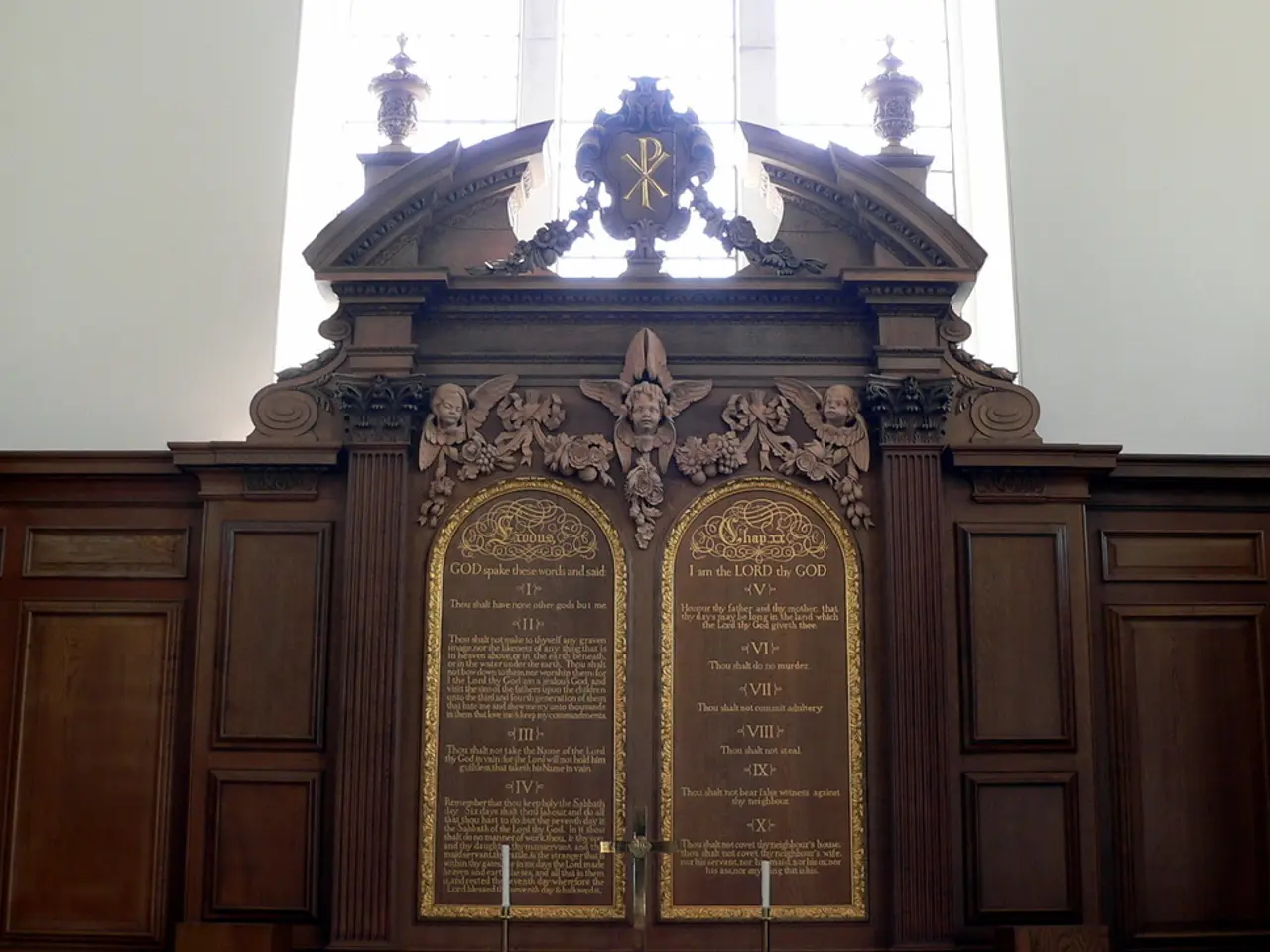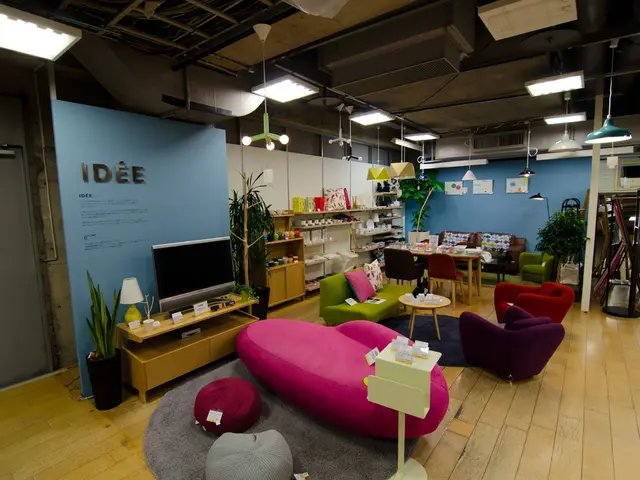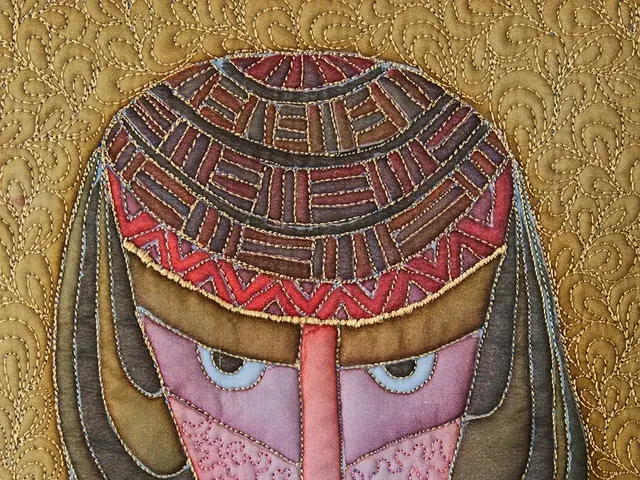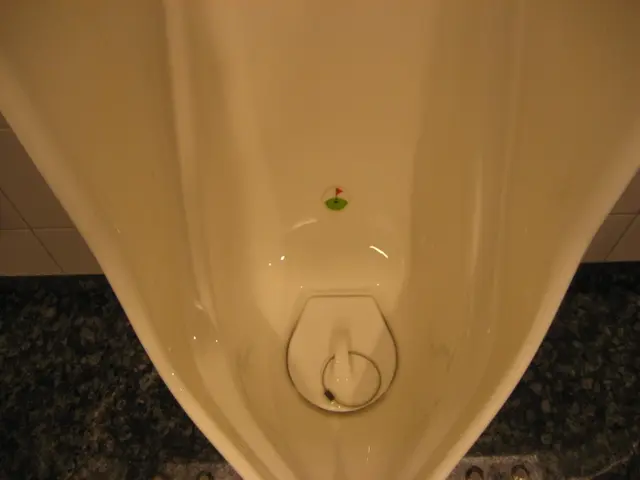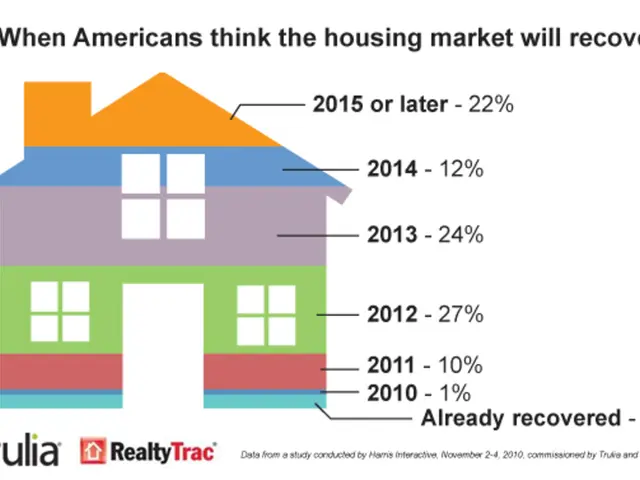City of Jena's Art Assemblage: Artworks from the German Democratic Republic (GDR)
The art collection of the City of Jena, established in 1903 by the Jena Art Association, has a rich and fascinating history. This collection, largely unknown outside of Jena, houses extensive groups of works by artists like Emma Hübner, Kurt Hanf, and Hans Lasko.
The collection's roots can be traced back to a collection of modern art that the Jena Art Association had established before World War I. However, the collection suffered heavy losses during the "Degenerate Art" campaign and World War II, but it became the foundation of the Jena art collection we know today.
Acquisitions from abroad were often impossible, and financial resources for major works were frequently lacking. Despite these challenges, the collection continued to grow, particularly during the GDR (German Democratic Republic) period (1949–1990).
During this time, art collections and museums in East Germany were generally influenced by socialist cultural policies. These policies emphasized art that aligned with socialist realism and the promotion of working-class values. Collecting often focused on modern and contemporary art that was politically and ideologically acceptable, with acquisitions supported by the state or cultural institutions.
For the Jena art collection, the GDR likely saw controlled development of public collections in institutions such as local galleries or museums, prioritizing artists approved by the state. Significant acquisitions probably included works by East German artists or art reflecting socialist themes.
The collection experienced periods of development, including the 1970s and 1980s, despite the cultural restrictions of the GDR. This was a time when Christel and Hartwig Prange initiated and led the "Kleine Galerie" in Jena, acquiring numerous works by artists like Dieter Goltzsche, Michael Morgner, Charlotte Elfriede Pauly, Max Uhlig, and others for their private collection.
The Prange collection, now a part of the Jena art collection, complements existing positions and expands the horizon with some autonomous artistic positions. The current exhibition presents a portion of the Prange collection, exemplifying the intellectual and aesthetic curiosity that led many to art.
More than 300 works by 134 artists are on display in the current exhibition, with works by many artists such as Elke Hopfe, Hans Ticha, or Horst Peter Meyer from the DDR years and afterwards. The collection includes paintings, sculptures, and graphic single sheets and elaborately designed and printed series in portfolios.
To obtain precise information on the Jena art collection’s expansion during the GDR, including key acquisitions, consulting specialized resources such as the archives of the Kunstsammlung Jena (Jena Art Collection), regional museum publications or exhibition catalogs from the GDR period, and academic works on East German art policies and museum history is recommended.
The undisputed local champion of Jena's painters was Lothar Zitzmann, who taught the basics of painting at Burg Giebichenstein Halle and could set his own accent in painting with his balanced volumes.
The Jena art collection continues to be a treasure trove of art, offering a glimpse into the city's rich artistic history and the dedication of its artists and collectors.
Read also:
- Pharmaceutical workplace safety is bolstered by the implementation of Safety Eyewear Programs.
- Slower Electric Vehicle Adoption in India Compared to US, EU, and China According to NITI Aayog Report
- Top-Tier All-Terrain Vehicles Available in India for Less Than ₹15 Lakhs
- Real-time AI intelligence from iRasus enhances electric vehicle battery safety.
